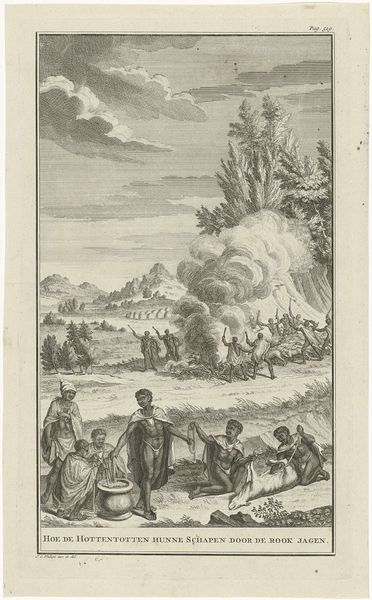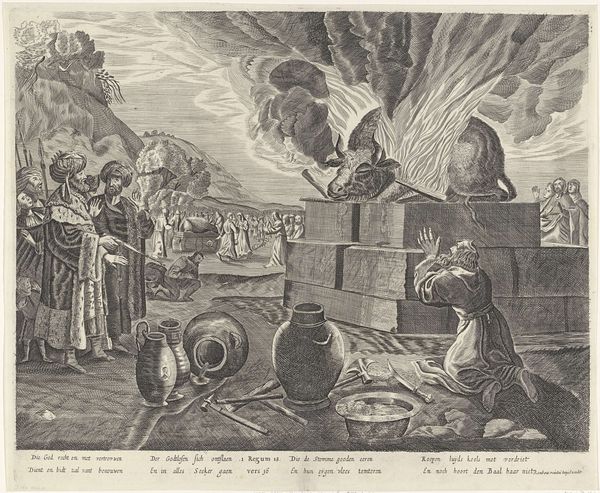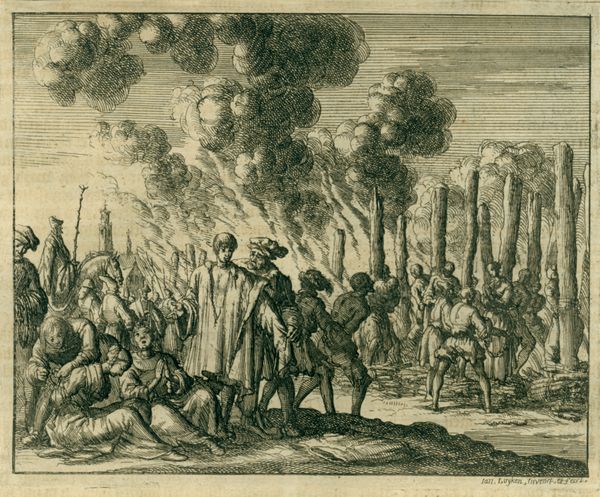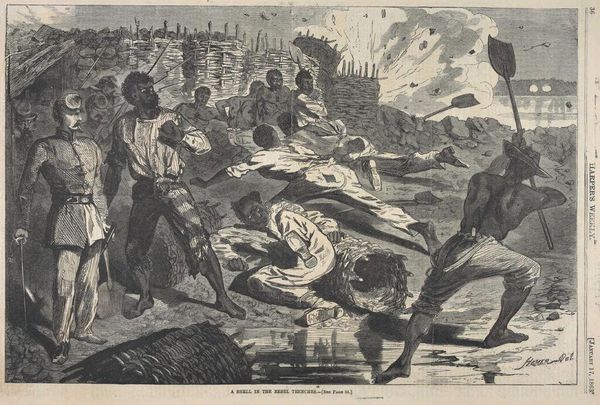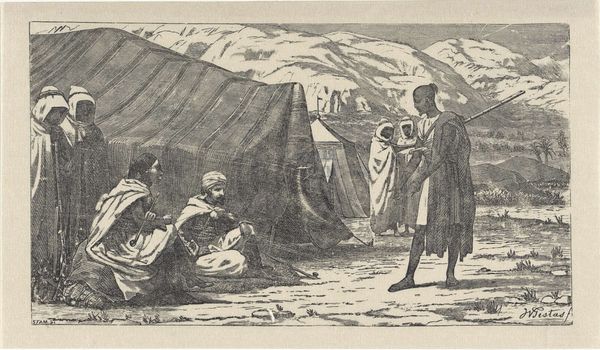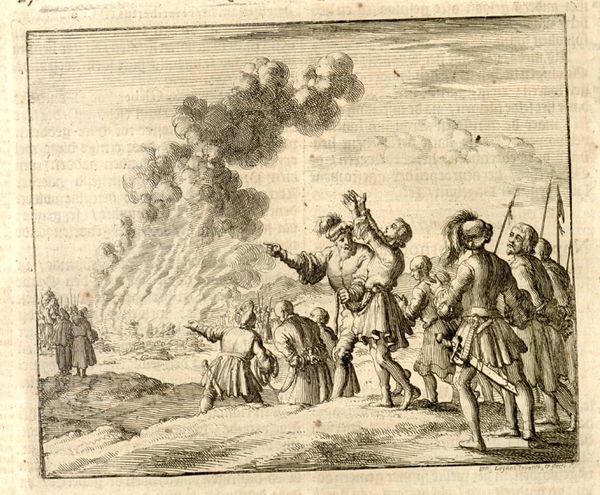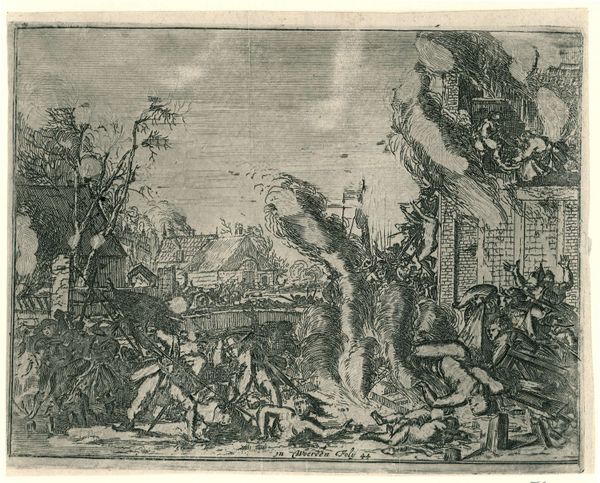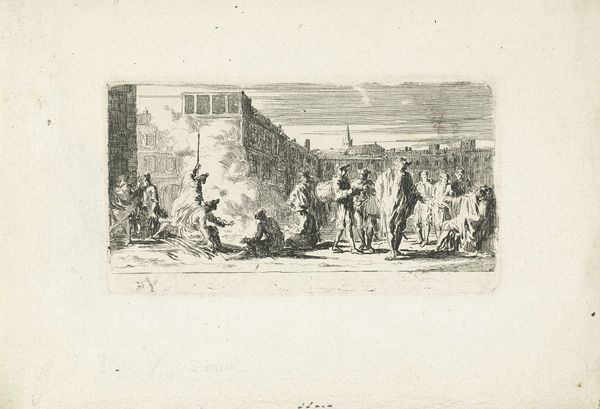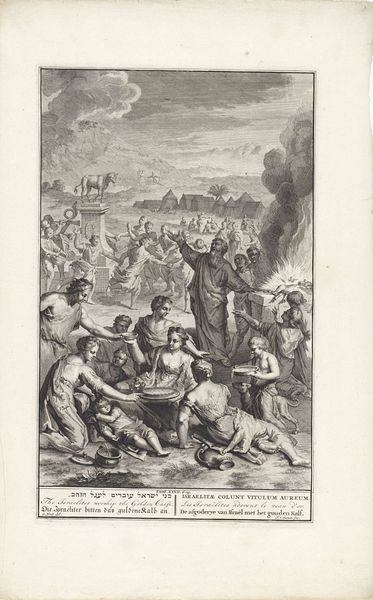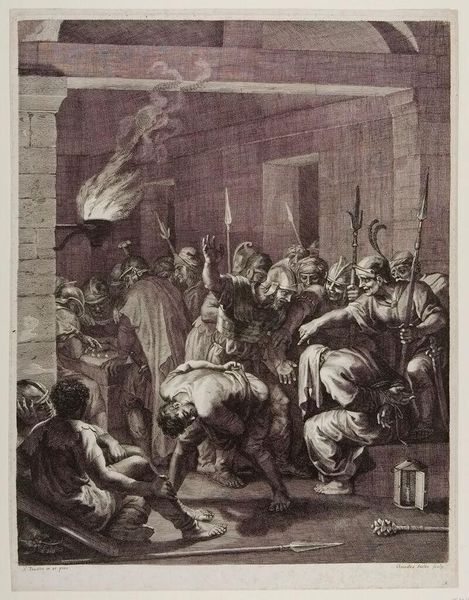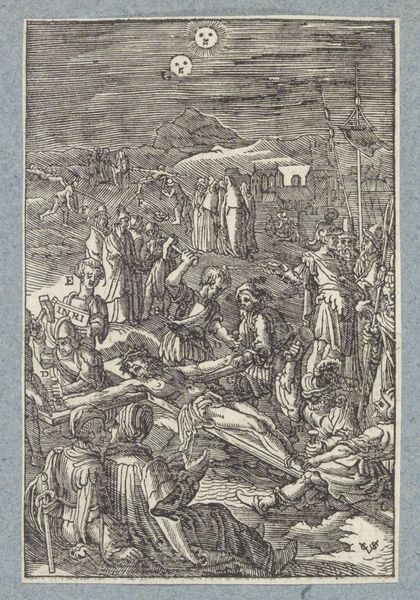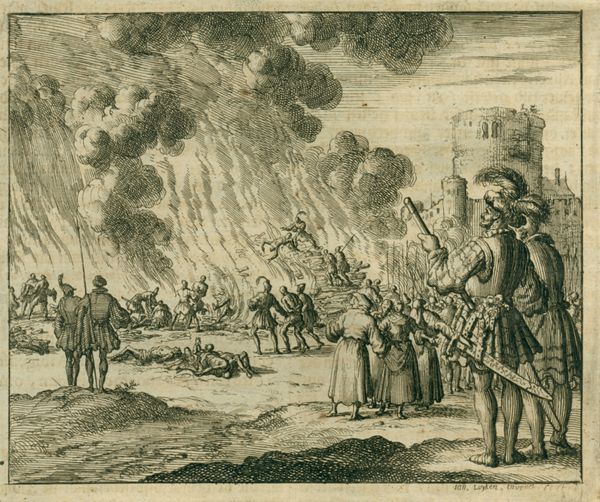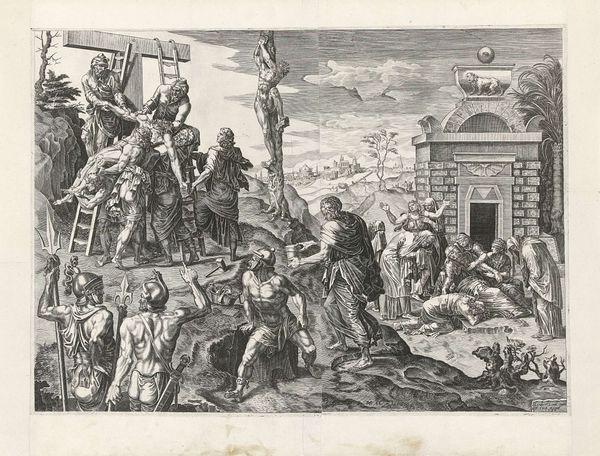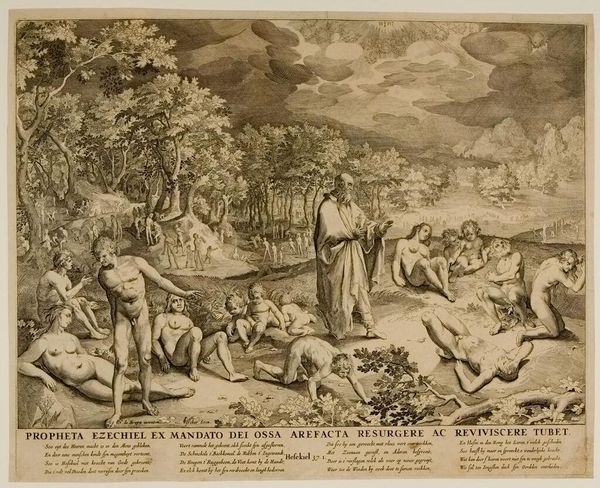
print, engraving
#
narrative-art
#
baroque
# print
#
cityscape
#
history-painting
#
engraving
Copyright: Public domain
Editor: This engraving, "Burning of Polycarp, Smyrna, AD 168," created around 1685 by Jan Luyken, depicts a rather disturbing scene of public execution. The composition is intense, dominated by the fire and a crowd of onlookers. What sociopolitical themes are present in this work? Curator: This print plunges us into a history of religious persecution and resistance. Luyken’s image makes visible the body of Polycarp, an early Christian bishop, martyred for refusing to renounce his faith. But let's not simply focus on the singular suffering. Consider this scene as a nexus of power dynamics: the Roman Empire's attempt to quell burgeoning religious beliefs threatening their authority, the role of public spectacle in reinforcing that power, and the incredible fortitude of individuals like Polycarp who challenged those structures. What does the cityscape in the background tell you? Editor: Well, it adds to the sense of scale, suggesting this isn't just a local affair but a major event within the city. The imposing buildings, perhaps representing Roman authority, create a stark contrast with the chaotic execution scene. But how complicit was the crowd? Were they participating, or were they simply coerced onlookers? Curator: Exactly. It forces us to grapple with questions of complicity and resistance, who benefits from the performance of violence? Look closely at the figures: some appear to be active participants, others seem more passive. This ambiguity complicates a simple narrative of oppressor versus oppressed. The history of early Christian martyrs isn't simply about victims, but about power and visibility and those that challenge hegemonic structures and continue to speak to our current cultural moment. Editor: This has truly offered me an altered lens for how I view history, this work underscores how artistic representations both reflect and shape our understanding of these difficult socio-political events. Curator: Indeed, and hopefully encourages further dialogue around contemporary forms of oppression and resistance, urging us to critically examine whose stories are being told and whose voices are being silenced today.
Comments
No comments
Be the first to comment and join the conversation on the ultimate creative platform.
